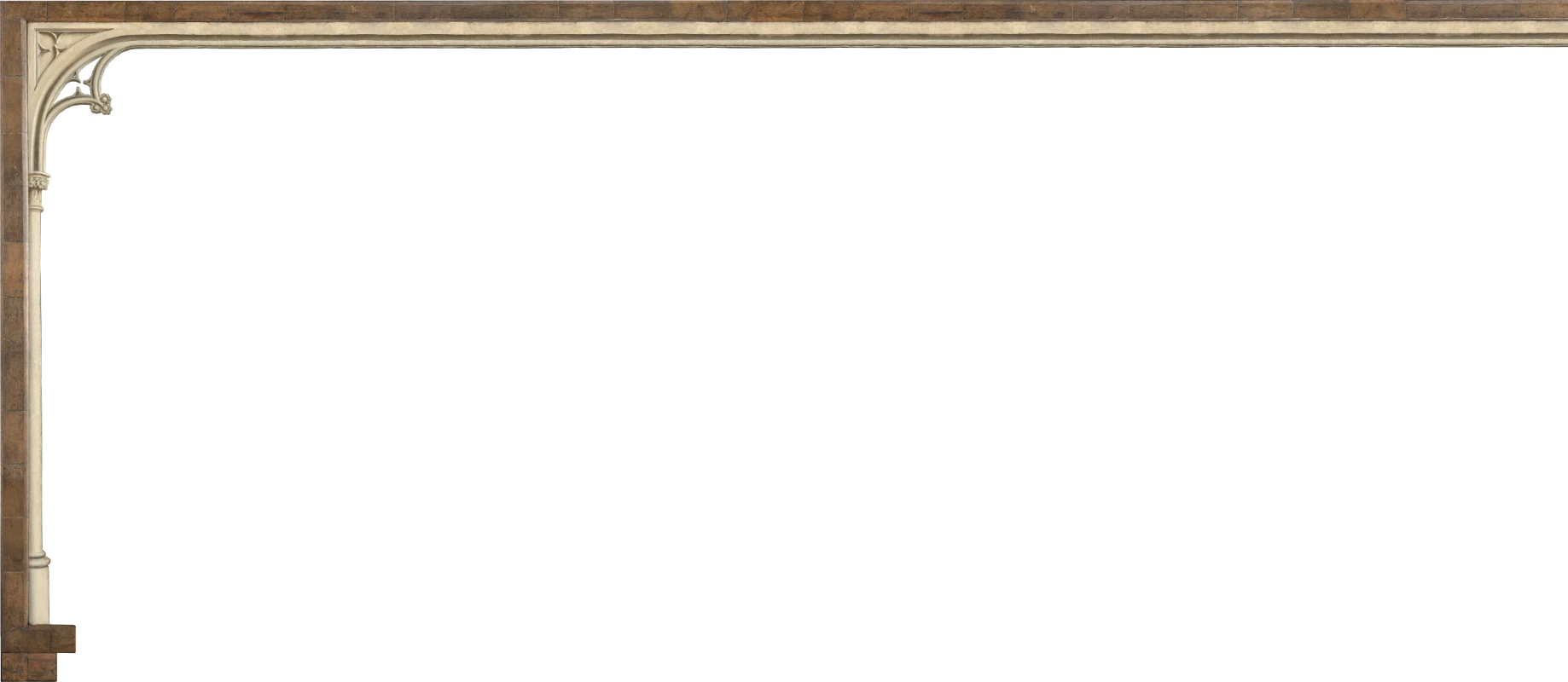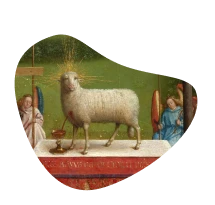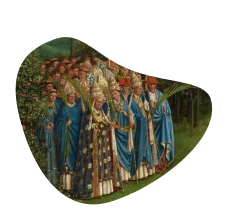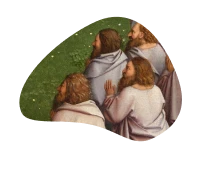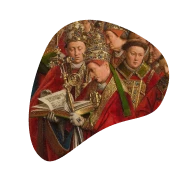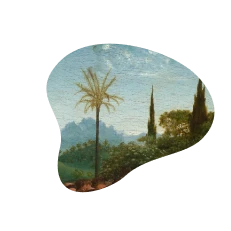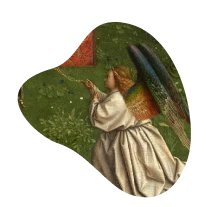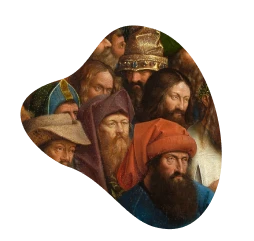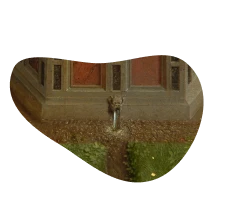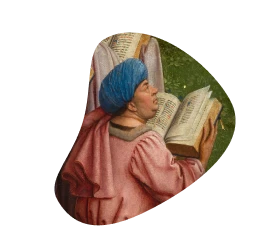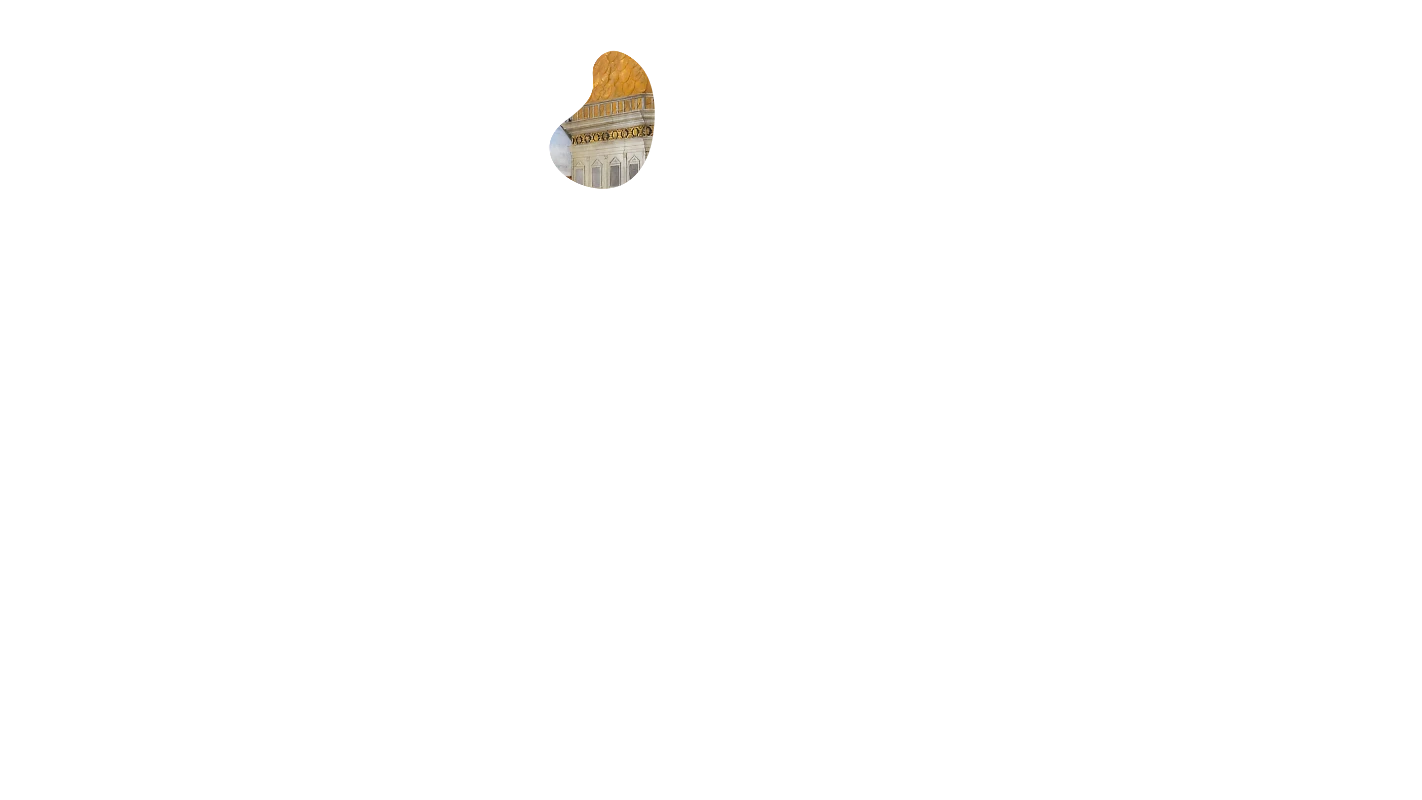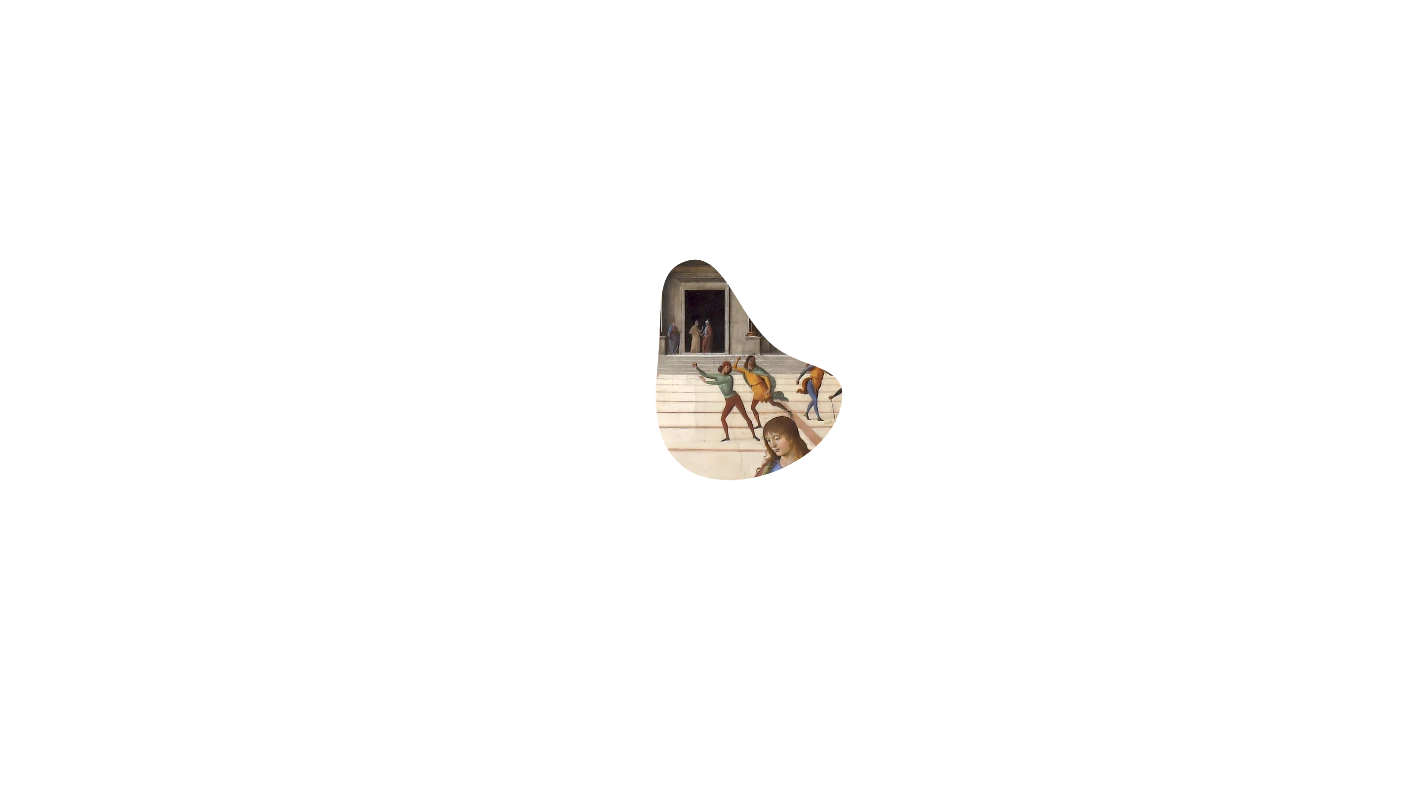Missa L’ami Baudichon, written at around the same time as Missa Une mousse de Biscaye in the mid-1470s, is based on just three notes from an eponymous popular folk tune of the time, which to an English ear sound distractingly like the opening of Three Blind Mice. It makes few demands on the listener outside enjoying a luminous major sonority—the result of an unusually wide gap between the high-lying soprano part and the next part down, compared to the other masses.
The vulgarity of the original song—it contains a reference to female genitals—makes it an unusual starting point for a sacred work; yet despite this it survives in one of the Vatican choirbooks, where presumably it was sung as part of the liturgy. In the only source of the song to give the text, now in Verona, the rude word is simply omitted, though there is no doubt what it should be, since the song itself was often mentioned in contemporary poems about dance and theater. Its popularity may have stemmed from the extraordinary popularity of the name “Baudichon,” which is recorded in over eighty different spellings throughout Europe. Of pre-seventh-century French origin, it is derived from the word “baud,” meaning “joyful,” and was probably given as a nickname for a “lusty and swaggering youth”—fitting the context here rather well.

Josquin did surprisingly little with the handful of notes he took from the folk tune, which originally was in triple-time and had the most obvious tripartite structure, except elongate them, transpose them (very occasionally), and turn them upside down. The three fundamental notes are always repeated, either starting C or G; and just once—in the Credo—they are inverted, so the music seems to rise, where in the rest of the setting it inevitably seems to fall. They are almost always quoted in the tenor, very rarely giving rise to any counterpoints with the other voices, which is strange given how malleable these three notes could be made to be.
The final section of the Credo, covering 157 bars without break, is perhaps the most remarkable—because unexpected—passage of the whole setting: the music never falters.

Because they are so innocuous the three notes are hard to pick out of the surrounding material, but perhaps they are most audible in the Agnus Dei I (which is the same as the third Agnus). Those who enjoy picking out longer notes can hear them throughout the final pages of the Credo, always in the third part down, starting at “Et resurrexit.” This final section, covering 157 bars without break, is perhaps the most remarkable—because unexpected—passage of the whole setting. The music never falters. Even though the tenor is always in long notes (and ends on an outrageous long-held high G), the surrounding phrases build and build to one of the most exciting “Amens” in the repertoire.
© Peter Phillips / Gimell Records




